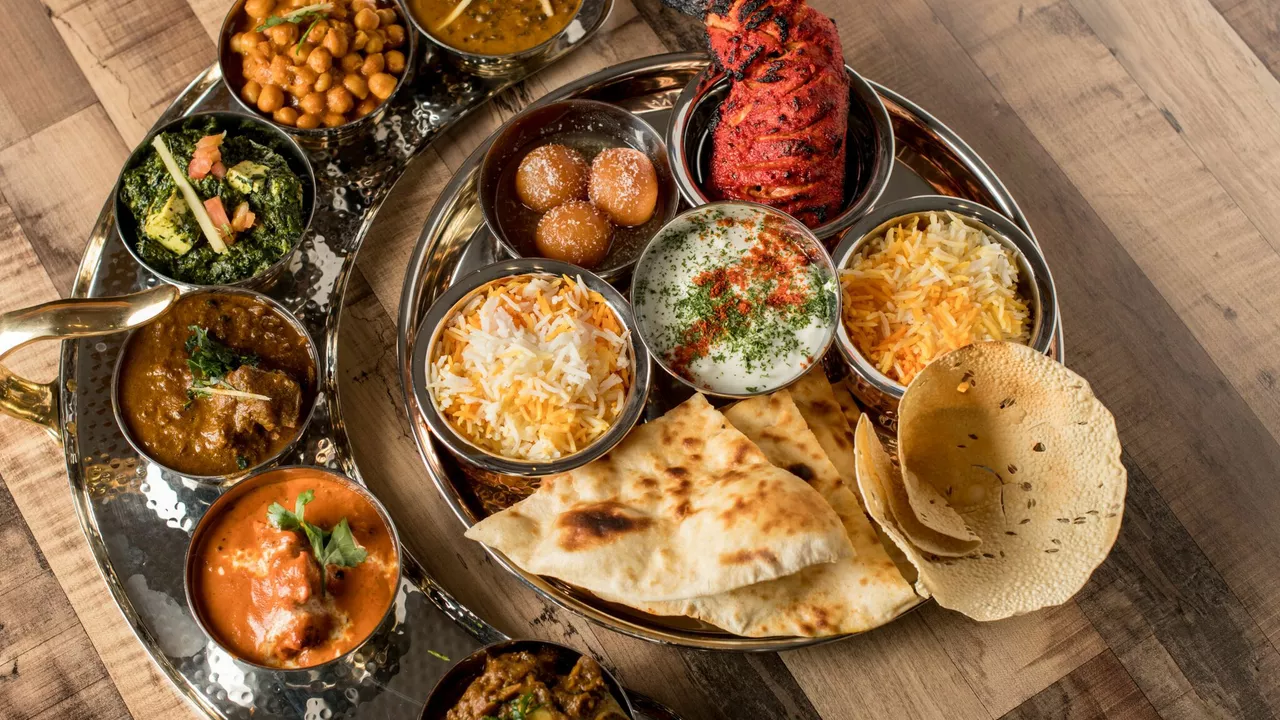Food Preferences: Indian Snacks, Health Tips & Cultural Flavors
When it comes to food, India offers a mix of flavors, textures, and traditions that shape what people love to eat. Some snacks stick around for weeks, some dishes spark surprise abroad, and many choices hinge on health or habit. Below you’ll find practical pointers for everyday cravings and a glimpse into what makes Indian food such a conversation starter.
Healthy South Indian Snacks You Can Keep Long‑Term
South Indian kitchens often rely on ingredients that stay fresh without refrigeration. Roasted chana dal, for example, is a protein‑packed bite that stays crunchy for months. A handful gives you steady energy and a dose of fiber, perfect for a quick office snack.
Tamarind rice, or puliyodarai, mixes cooked rice with a tangy tamarind paste, peanuts, and spices. It can be stored in airtight containers for several days, making it a convenient lunch option. The sour flavor awakens the palate while the peanuts add healthy fats.
Ragi cookies are another favorite. Made from finger millet flour, they offer calcium and iron. Because they’re baked, they keep well and pair nicely with tea or coffee. The subtle grain taste can replace sugary biscuits without sacrificing crunch.
Murukhi, the spiral‑shaped snack, combines rice flour, urad dal flour, and sesame seeds. It’s deep‑fried, but the thin shape means you eat less per bite, keeping calorie intake in check. Store it in a jar and it stays crisp for weeks.
All these snacks share three traits: long shelf life, nutrition boost, and easy prep. Keep a staple stock at home to curb cravings without reaching for processed junk.
Quirky Indian Dishes That Raise Eyebrows Abroad
Some Indian foods puzzle foreigners. Pani puri, a hollow crisp filled with spiced water, looks playful but can feel messy to first‑timers. The burst of sour, sweet, and spicy flavors, however, is a quick way to experience the balance Indian cuisine aims for.
Biryani often surprises newcomers with its layered spices and aromatic rice. While it’s hearty, the heat level can vary. Adjust the chili to suit your taste before serving a group.
Raita, a yogurt‑based side, mixes cucumbers, spices, and sometimes fruits. It looks like a simple dip but adds a cooling contrast to hot dishes. Treat it as a palate cleanser rather than a main.
Gulab Jamun, deep‑fried dough balls soaked in sugar syrup, mimic doughnuts but pack more sweetness. Serve them warm to soften the syrup and reduce the sugary impact.
Understanding why these foods seem odd helps you explain them to friends or enjoy them without hesitation. The key is to focus on the flavor story each dish tells.
Whether you’re stocking up on long‑lasting snacks or trying a new dish that looks unfamiliar, the goal is simple: enjoy food that fits your lifestyle and taste buds. Keep these practical tips handy, experiment with the suggestions, and you’ll discover a food preference path that feels both tasty and satisfying.
In my latest blog post, I've discussed a commonly held misconception: that Indian food is pretty bad and nothing special. I've explored this assumption, delving into the diverse flavors, rich history, and the wide range of spices that Indian cuisine brings to the table. I've also addressed the perceived 'heaviness' of Indian dishes, explaining how the balance between spices and ingredients can be an acquired taste. However, I've emphasized that, like all cuisines, taste is subjective and varies from person to person. In conclusion, I've suggested that the complexity and depth of Indian cuisine, far from being 'bad', can be a culinary adventure worth exploring.
